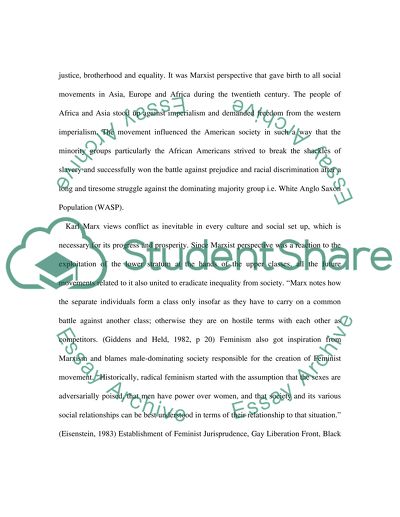Cite this document
(Recent Religious Movements Essay Example | Topics and Well Written Essays - 2000 words, n.d.)
Recent Religious Movements Essay Example | Topics and Well Written Essays - 2000 words. https://studentshare.org/religion-and-theology/1551710-religious-movements-in-asia
Recent Religious Movements Essay Example | Topics and Well Written Essays - 2000 words. https://studentshare.org/religion-and-theology/1551710-religious-movements-in-asia
(Recent Religious Movements Essay Example | Topics and Well Written Essays - 2000 Words)
Recent Religious Movements Essay Example | Topics and Well Written Essays - 2000 Words. https://studentshare.org/religion-and-theology/1551710-religious-movements-in-asia.
Recent Religious Movements Essay Example | Topics and Well Written Essays - 2000 Words. https://studentshare.org/religion-and-theology/1551710-religious-movements-in-asia.
“Recent Religious Movements Essay Example | Topics and Well Written Essays - 2000 Words”. https://studentshare.org/religion-and-theology/1551710-religious-movements-in-asia.


